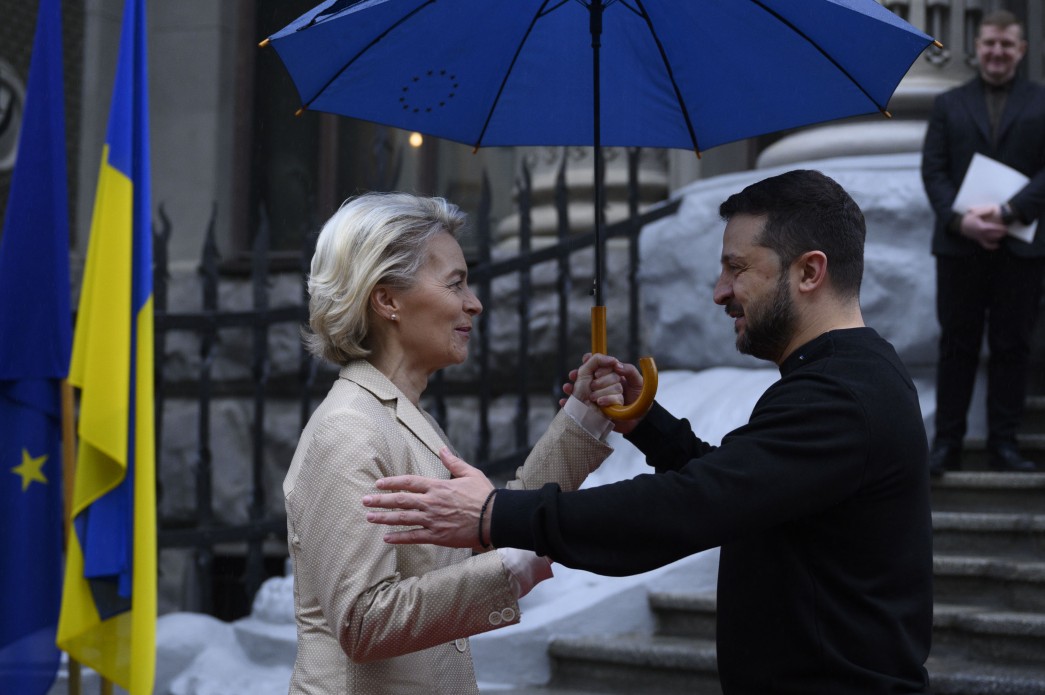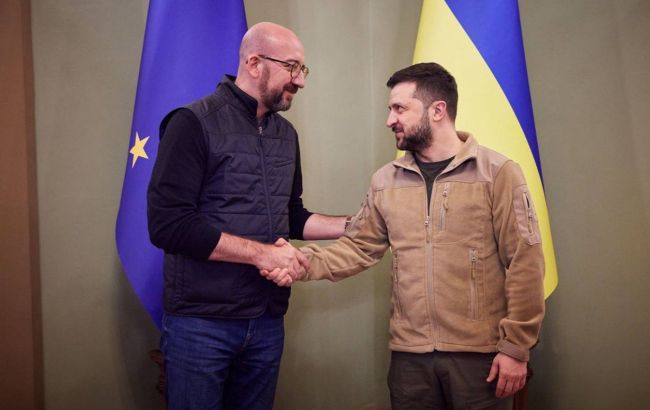Since Russia’s full-scale invasion in February 2022, Ukraine has made significant progress towards EU integration despite the ongoing war.
On 23 June 2022, Ukraine was granted candidate status for membership in the European Union. In a historic decision less than two years later, on 14 December 2023, negotiations for Ukraine’s accession to the EU were opened. These negotiations officially commenced in June 2024.
During this time, the European Commission and Ukraine collaborated to develop a new financial support mechanism called the Ukraine Facility. This initiative aims to bolster Ukraine’s reconstruction, recovery, economic stability, social guarantees, and comprehensive reforms necessary for full EU integration.
Commissioner for Neighbourhood and Enlargement Olivér Várhelyi stated:
“With this agreement, the European Union is delivering on its promise to support Ukraine, by providing access to much-needed financing of up to €50 billion over the next four years. The Ukraine Facility will enable support to be tailored to an evolving situation, while conditions tied to the disbursement of funds will keep progress on track. We will continue to play a strong role in Ukraine’s recovery and reconstruction, which must be linked to the implementation of reforms consistent with Ukraine’s European path.”
The Ukraine Facility serves as both a financial support mechanism and a tool for monitoring reform implementation in Ukraine. While substantial, this program operates independently from the EU accession negotiation process.
Ukraine’s journey to EU membership involves implementing a series of structural reforms, many of which align with the conditions for receiving funds from the Ukraine Facility. However, EU accession is a complex process, requiring the development of reform roadmaps and negotiations across various policy areas to ensure compliance with EU standards.
The Ukraine Plan outlines the specific actions and reforms required for Ukraine to access funding under the Facility. However, the full scope of measures needed for EU membership will be determined through ongoing negotiations with EU partners. These “roadmaps” must adapt to evolving challenges and new EU legislation.
Ukraine Facility: A three-pillar approach to support and reform
The Ukraine Facility offers short- and medium-term support to Ukraine from 2024 to 2027, with potential funding of up to €50 billion. This figure may vary based on factors such as reform implementation and Ukraine’s budgetary needs. The support is structured across three pillars:
- Ukraine Plan;
- Investment Program;
- Support Program.
Pillar 2 focuses on enhancing Ukraine’s investment climate to attract more investors. Pillar 3 provides technical and supplementary support, with measures stemming from the Ukraine Plan.
The Ukraine Plan, Pillar 1, is the cornerstone of the initiative. It offers systematic support for reforms to align Ukraine with EU standards and directly finances Ukraine’s public needs through the State Budget. The Plan organizes reforms into three main categories: basic reforms, economic reforms, and sectoral development of key industries.
Basic reforms are foundational changes to Ukraine’s public governance. These include overhauling public administration, improving financial management, reforming the judiciary, and intensifying anti-corruption efforts, including combating money laundering.
Economic reforms aim to create a fair and efficient system for attracting investments. This involves restructuring financial markets, improving state asset management, enhancing the business climate, developing human capital, and implementing decentralization policies.
Sectoral development targets crucial areas such as energy, transport, agriculture, critical minerals, entrepreneurship, SMEs, processing industries, and environmental protection. This comprehensive approach aims to boost Ukraine’s global economic potential and create ripple effects across related sectors.
The Ukraine Plan also incorporates three cross-cutting themes: “green” transition, digital transformation, and European integration.
The Plan includes 151 quarterly indicators across 69 reform areas, including 16 investment indicators. Ukraine reports on these quarterly, with EU funding contingent on European Commission approval.
The Ministry of Economy of Ukraine outlines the following funding schedule: €16 billion in 2024, €12.5 billion in 2025, €7.25 billion in 2026, €1.2 billion in 2027, and €1.32 billion in January 2028 for Q4 2027 indicators.
European Commission President Ursula von der Leyen emphasized the significance of this support:
“The political agreement on the €50 billion Ukraine Facility is a major step forward. Europe is true to its word. We will continue to deliver much-needed funding and predictability for our brave partner and aspiring member.”
Ukraine has already received €6 billion in March and April 2024 for meeting five Q1 indicators. In Q2 2024, Ukraine met all nine indicators, including approving the State Customs Service’s digitalization plan and appointing a new head of the National Agency for Corruption Prevention (NACP).
On July 24, EU ambassadors approved the second quarterly report and confirmed a €4.11 billion tranche of financial assistance for Ukraine.
For example, on June 20, 2024, the Verkhovna Rada adopted the Law “On Public Consultations,” six months ahead of the January 1, 2025 deadline. The RPR Coalition had advocated for this law for a decade.
However, in other areas, state representatives wait until deadlines approach, as seen with the State Bureau of Investigation legislation, acting only after EU reminders.
By 2027, barring unforeseen events, the Ukraine Facility will be the primary EU financial support mechanism for Ukraine. Through this framework, Ukraine will implement wide-ranging reforms to align with EU standards, while simultaneously negotiating for full EU membership.
Related:








